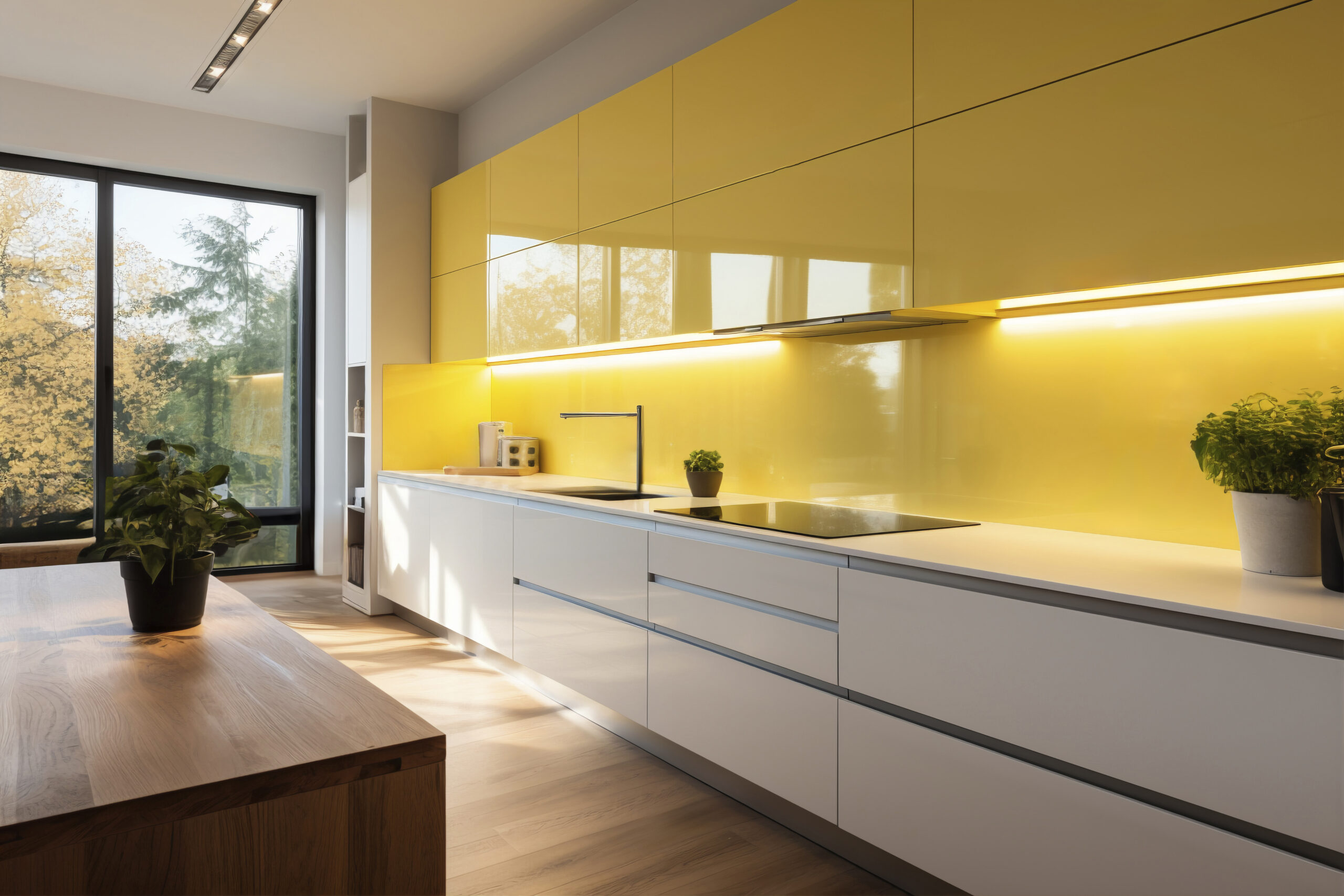Italian kitchen design is a harmonious blend of functionality, warmth, and aesthetic excellence, with lighting playing a crucial role in creating the perfect culinary environment. This comprehensive exploration delves into the nuanced world of Italian kitchen lighting, revealing how illumination transforms cooking spaces into vibrant, inviting sanctuaries of culinary creativity.
The Philosophy of Italian Lighting Design
Italian lighting design transcends mere functionality, embodying a philosophy that celebrates craftsmanship, elegance, and emotional resonance. Unlike traditional lighting approaches, Italian designers view light as an integral element of spatial storytelling, creating atmospheres that engage all the senses.
Key Characteristics of Italian Kitchen Lighting
- Warmth and Ambiance: Lighting that creates an inviting, welcoming environment
- Minimalist Elegance: Clean lines and sophisticated design
- Artisanal Craftsmanship: Handcrafted fixtures with meticulous attention to detail
Materials and Aesthetic Approaches
Italian kitchen lighting embraces a rich palette of materials that reflect the country’s design heritage:
Primary Materials
| Material | Characteristics | Design Impact |
|---|---|---|
| Glass | Translucent, delicate | Creates soft, diffused lighting |
| Concrete | Modern, unexpected | Adds unique textural elements |
| Wood | Warm, natural | Brings organic warmth to the space |
| Wrought Iron | Sophisticated, traditional | Provides structural elegance |
The selection of materials is intentional, focusing on sustainability and environmental consciousness3. Many contemporary Italian lighting designers prioritize eco-friendly production, using recycled materials like cork and sustainable aluminum.
Lighting Placement and Functionality
Kitchen Pendant Lighting
Italian pendant lights are more than mere illumination sources—they are design statements. Typically:
- Mounted over kitchen islands
- Arranged in linear configurations
- Available in neutral tones
- Designed to complement various interior styles
Layered Lighting Approach
Italian kitchen lighting embraces a multi-dimensional approach:
- Ambient Lighting: Soft, overall illumination
- Task Lighting: Focused illumination for cooking areas
- Accent Lighting: Highlighting architectural features
- Decorative Lighting: Aesthetic pieces that serve as focal points
Innovative Design Principles
Minimalist Aesthetics
Modern Italian kitchen lighting emphasizes:
- Streamlined surfaces
- Slim profiles
- Contemporary, sleek lines
Integration of Indoor and Outdoor Spaces
Lighting design considers the seamless flow between interior and exterior environments, often utilizing large windows and strategically placed fixtures to create a sense of openness2.
Iconic Italian Lighting Designers
Several designers have revolutionized kitchen lighting:
- Gae Aulenti: Creator of the iconic Pipistrello table lamp
- Gio Ponti: Renowned for innovative glass suspension designs
- Karim Rashid: Known for futuristic, avant-garde lighting concepts3
Practical Considerations
Sizing and Placement
Proper measurement is critical. Incorrectly sized fixtures can disrupt the kitchen’s visual harmony. Considerations include:
- Ceiling height
- Kitchen dimensions
- Functional requirements
- Aesthetic goals
Technological Integration
Contemporary Italian lighting incorporates:
- Dimmable features
- Energy-efficient technologies
- Smart home compatibility
Cultural Significance
Italian kitchen lighting reflects more than design—it embodies a lifestyle philosophy. Each fixture tells a story of craftsmanship, familial connection, and culinary passion.
Selecting the Perfect Italian Kitchen Lighting
When choosing lighting, consider:
- Overall kitchen design
- Color palette
- Functional requirements
- Personal aesthetic preferences
Conclusion: Beyond Illumination
Italian kitchen lighting transcends its primary function, becoming an art form that transforms cooking spaces into vibrant, emotionally resonant environments. It represents a delicate balance between technological innovation, artistic expression, and cultural tradition. By embracing the principles of Italian lighting design, homeowners can create kitchens that are not just functional spaces, but true celebrations of culinary artistry and design excellence.



